For Canadian stroke survivors and their families seeking to maximize recovery and regain function, the limited and often inaccessible nature of advanced therapies at home can be a source of frustration. Mexico has emerged as a significant destination for regenerative medicine, offering innovative stem cell therapies that show promise in aiding stroke recovery, providing a new layer of hope beyond conventional rehabilitation.
A stroke is a life-altering event, often leaving individuals with significant physical, cognitive, and emotional challenges. While traditional rehabilitation like physiotherapy and occupational therapy is the cornerstone of recovery, its effects can plateau, leaving patients searching for further options. In this search, stem cell therapy has entered the conversation as a potential way to repair brain tissue, reduce inflammation, and improve neurological function lost due to a stroke.
In Canada, the use of stem cells for stroke recovery is largely confined to rigorous, slow-moving clinical trials and is not available as a standard treatment. This leaves many Canadians with no direct access to these promising therapies. Consequently, a growing number of patients are looking to Mexico, where a different regulatory environment allows accredited clinics to offer advanced regenerative medicine protocols. These clinics provide access to potentially life-changing treatments that aim to enhance the body's own healing processes and improve the quality of life for stroke survivors.
Key Takeaways
-
Canadians are traveling to Mexico for stem cell therapy for stroke recovery due to greater accessibility and treatment options not yet available in Canada.
-
The goal of the therapy is to repair brain tissue, promote the formation of new neural connections (neurogenesis), and reduce post-stroke inflammation.
-
Mexican clinics typically use high-quality mesenchymal stem cells (MSCs), often delivered intravenously (IV) and sometimes intrathecally (into the spinal canal).
-
Cost of Stem Cell Therapy for Stroke in Mexico: Packages can range from $9,000 to $20,000+ CAD, depending on the protocol's complexity.
-
Cost/Availability in Canada: Not commercially available. Participation is limited to specific, often difficult-to-access clinical trials with no guarantee of receiving the active treatment.
Understanding Stem Cell Therapy for Stroke Recovery
Stem cell therapy for stroke recovery is based on the principle that these powerful cells can migrate to the site of brain injury, reduce inflammation, and release growth factors that support the repair and regeneration of neural tissue. The primary goal is to improve neurological function beyond what conventional therapy alone can achieve.
When a stroke occurs, a part of the brain is deprived of oxygen, leading to cell death and a cascade of inflammation that can cause further damage. Mesenchymal stem cells (MSCs), the type most commonly used for this application, are believed to help in several ways:
-
Anti-inflammatory Effects: They release powerful anti-inflammatory molecules that calm the toxic environment in the brain post-stroke, protecting surviving neurons.
-
Trophic Support: MSCs secrete "trophic factors" (like brain-derived neurotrophic factor, or BDNF), which act like a support system for existing brain cells, helping them to survive and function better.
-
Neurogenesis and Angiogenesis: They may stimulate the creation of new neurons (neurogenesis) and new blood vessels (angiogenesis), helping to rebuild the damaged neural networks.
-
Modulating the Immune System: They help regulate the body's immune response to the injury, shifting it from a destructive state to a healing one.
It's crucial to understand that stem cells are not seen as a "magic bullet" but as a biological tool to make the brain more receptive to healing and enhance the benefits of traditional rehabilitation.

Cost and Accessibility: Mexico vs. Canada
The primary difference between Mexico and Canada is one of access. In Canada, stem cell therapy for stroke is unavailable outside of research, whereas Mexico offers it as a therapeutic option in a regulated clinical setting. The cost in Mexico reflects the advanced nature of the treatment.
Note: The cost in Mexico is significant because it involves the complex, sterile laboratory processing of millions of cells, along with the medical expertise required for their administration.
The Treatment Process for a Canadian Patient in Mexico
The journey to Mexico for stem cell therapy is a structured, medically supervised process. Clinics that cater to international patients have refined protocols to ensure patient safety, comfort, and comprehensive care, typically over a 5-7 day period.
-
Comprehensive Case Review: The process begins from Canada with a thorough evaluation of the patient's medical history, stroke details, current functional level, and brain imaging (MRI/CT scans). The clinic's medical team determines if the patient is a suitable candidate.
-
Arrival and Pre-Treatment Assessment: Upon arrival, a VIP transfer service usually facilitates travel to the clinic or hotel. The patient undergoes a detailed in-person physical and neurological examination. The medical team discusses the treatment plan, goals, and realistic outcomes with the patient and their family.
-
Cell Administration: The core of the therapy involves the administration of the stem cells. This is typically done through two primary methods:
-
Intravenous (IV) Infusion: A large number of cells are delivered into the bloodstream, from where they can travel to the site of injury.
-
Intrathecal Injection: A portion of the cells may be injected into the spinal fluid. This is a more direct route to the central nervous system, allowing cells to bypass the blood-brain barrier. This procedure is performed by a specialist, often an anesthesiologist.
-
-
Supportive Therapies: Top clinics integrate stem cell treatment with other modalities to maximize potential benefits. This can include hyperbaric oxygen therapy (HBOT), physical therapy, and nutritional IV therapy.
-
Monitoring and Discharge: The patient is monitored closely following the procedures. Before discharge, the medical team provides a detailed aftercare plan and discusses the recovery timeline. They remain available for remote follow-up consultations once the patient returns to Canada.
Expert Insight: "For stroke, we see stem cell therapy as a way to 'reawaken' the brain's potential for healing. We are not just injecting cells; we are changing the biological environment. The best results occur when this therapy is followed by consistent, dedicated rehabilitation. The cells can help rebuild the pathways, but the patient and their therapists must then work to train those pathways."
Choosing a Reputable and Safe Clinic in Mexico
The quality and ethics of stem cell clinics in Mexico can vary widely. For a vulnerable patient population like stroke survivors, selecting a credible, safe, and transparent clinic is the single most important decision.
-
COFEPRIS License: This is non-negotiable. The clinic and its laboratory must hold a valid license from COFEPRIS (Mexico's equivalent of Health Canada) specifically for cell therapy.
-
Medical Specialization: The team should be led by neurologists, internal medicine specialists, and anesthesiologists with specific training in regenerative medicine.
-
Cell Quality and Transparency: The clinic must be transparent about the source of their cells (e.g., umbilical cord), how they are screened, processed, and expanded in the lab, and the dosage (number of cells) you will receive.
-
Avoid "Cure" Claims: Be extremely wary of any clinic that promises a cure or guarantees specific results. Ethical clinics will set realistic expectations about potential improvements in function and quality of life.
-
Comprehensive Protocols: Look for clinics that offer more than just an injection. A holistic approach that includes supportive therapies and a clear plan for rehabilitation indicates a higher standard of care.
Did You Know? The blood-brain barrier is a protective layer that prevents many substances from entering the brain. The intrathecal injection method is used to deliver stem cells directly into the cerebrospinal fluid, allowing them to more easily reach the brain and spinal cord without having to cross this barrier.
PlacidWay: Navigating Your Regenerative Medicine Options
Making the decision to pursue stem cell therapy abroad requires careful consideration and access to trustworthy information. PlacidWay is dedicated to providing clarity and connecting patients with a global network of carefully vetted, reputable medical providers.
We offer:
-
Access to leading regenerative medicine clinics in Mexico that specialize in neurological conditions.
-
Free, detailed quotes and personalized treatment proposals.
-
Clear information on treatment protocols, cell sources, and physician expertise.
-
Dedicated support to help you and your family navigate this important healthcare decision.
Contact PlacidWay today to explore your options for stem cell therapy and learn more about the potential for stroke recovery.
Frequently Asked Questions (FAQ)
How long after a stroke can this therapy be effective?
Stem cell therapy can be considered for patients in the chronic phase of stroke, typically 6 months or more after the event, when recovery with conventional therapy has plateaued. Some studies suggest that administering cells within the first year may be optimal, but improvements have been reported in patients many years post-stroke.
Is the treatment safe?
When performed in a licensed, high-quality clinic using properly screened and processed mesenchymal stem cells (MSCs), the therapy has a good safety profile. The most common side effects are related to the injections themselves, such as temporary headache or fatigue. There is a very low risk of infection or rejection.
What kind of improvements can be expected?
Improvements vary greatly from person to person and are not guaranteed. Reported benefits can include enhanced motor function (better control of limbs), reduced spasticity (muscle stiffness), improved speech, better balance and coordination, and increased energy levels and cognitive clarity.
Why isn't this therapy available in Canada?
Health Canada has a very strict, pharmaceutical-based regulatory pathway for cell therapies. It requires many years of large-scale clinical trials to prove efficacy for a specific condition before it can be approved as a standard treatment. The science for stroke is still considered investigational within this framework.
How are the stem cells sourced?
The most reputable clinics use mesenchymal stem cells (MSCs) sourced from the umbilical cord tissue of healthy, full-term babies. The donors undergo rigorous health screening, and the tissue, which is normally discarded after birth, is donated with full consent. These cells are young, potent, and do not cause an immune reaction in the recipient.
Does Canadian insurance cover this treatment in Mexico?
No. Provincial health plans and private Canadian insurance companies do not cover experimental treatments or therapies performed outside of the country that are not approved as a standard of care in Canada.
How many treatments are needed?
Most protocols for stroke involve an intensive initial treatment period over several days. Depending on the patient's progress and the clinic's recommendation, a follow-up treatment may be considered 12-24 months later, but this is highly variable.

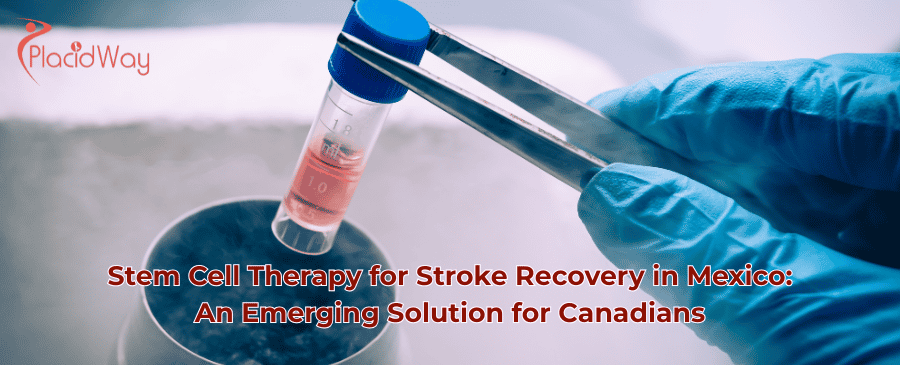

.png)

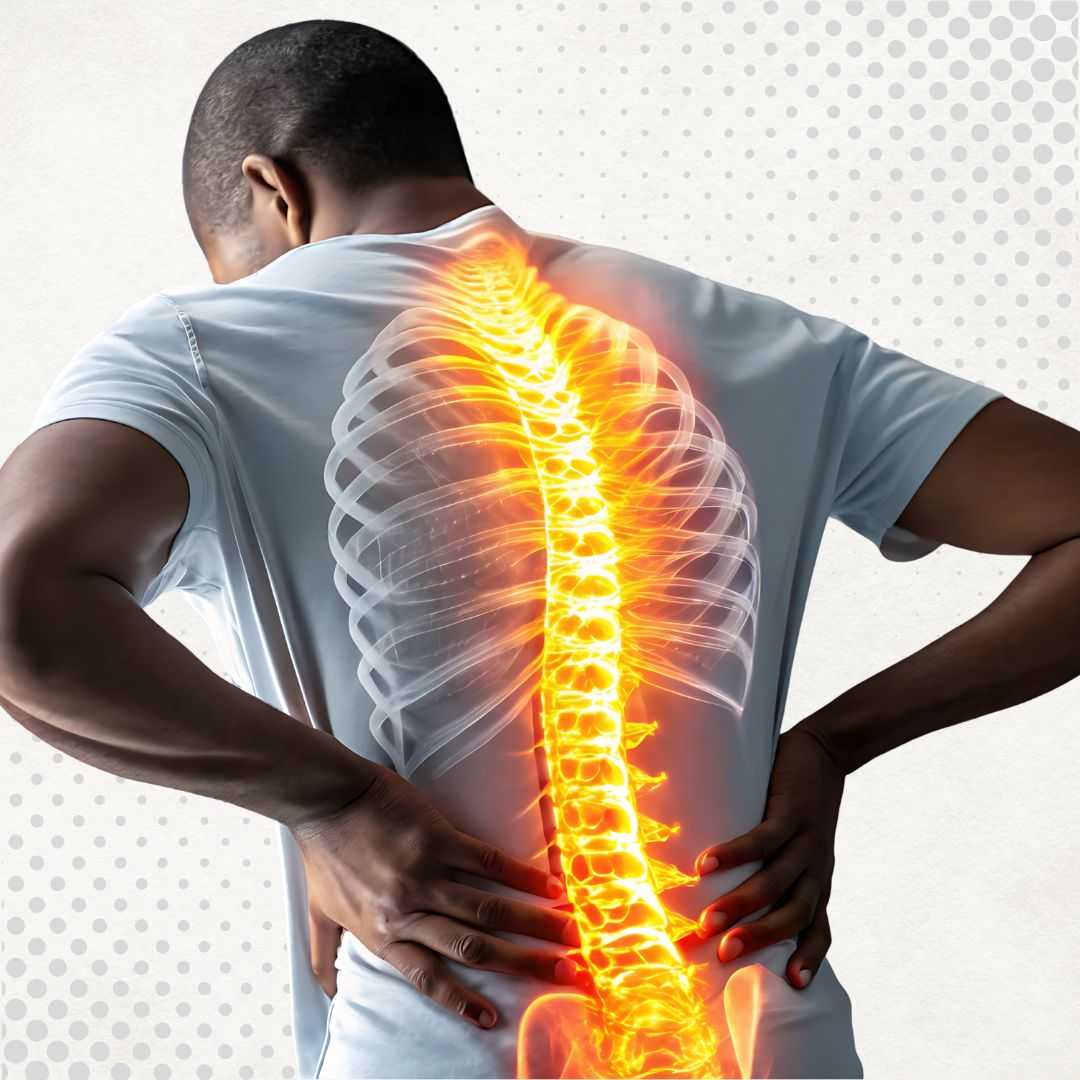

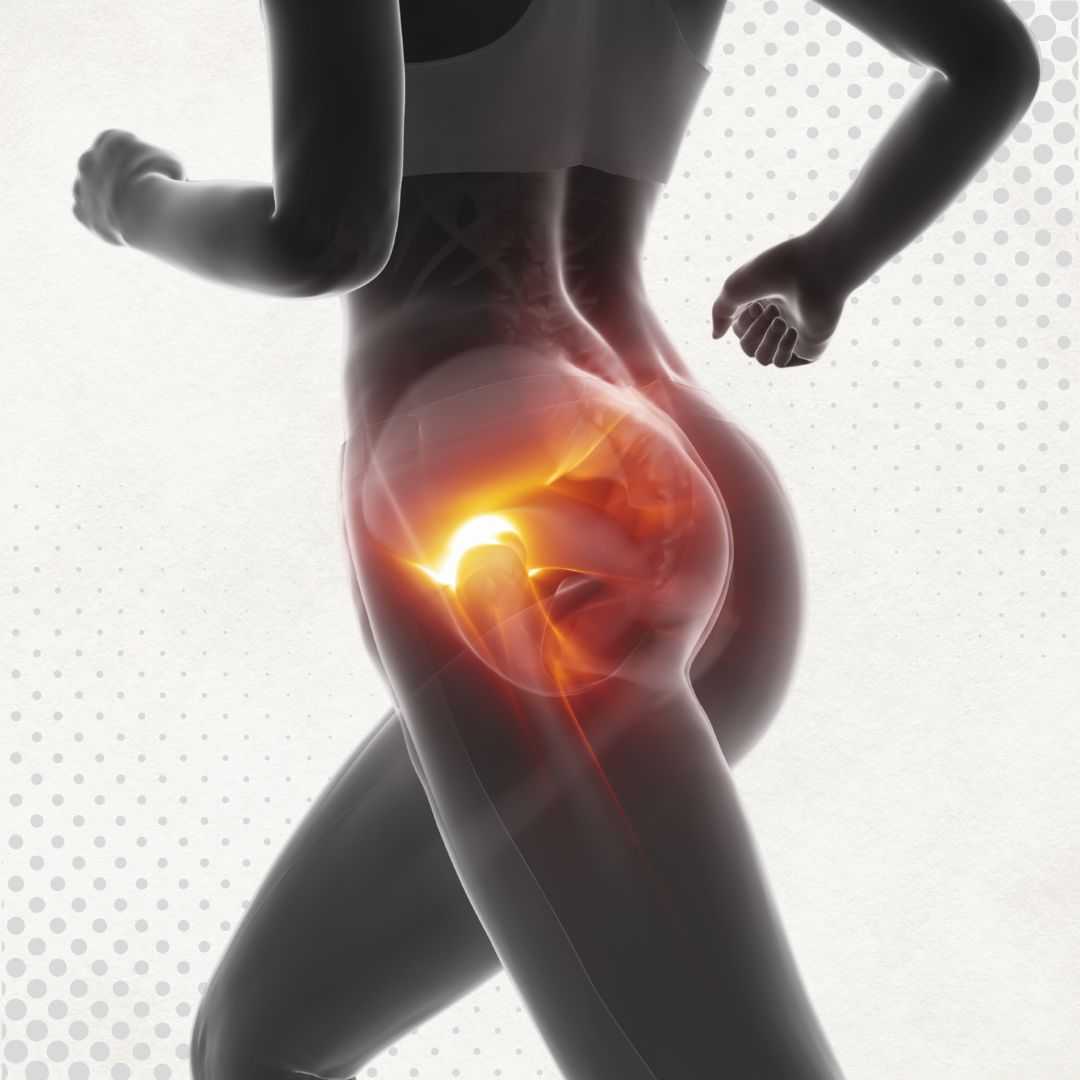
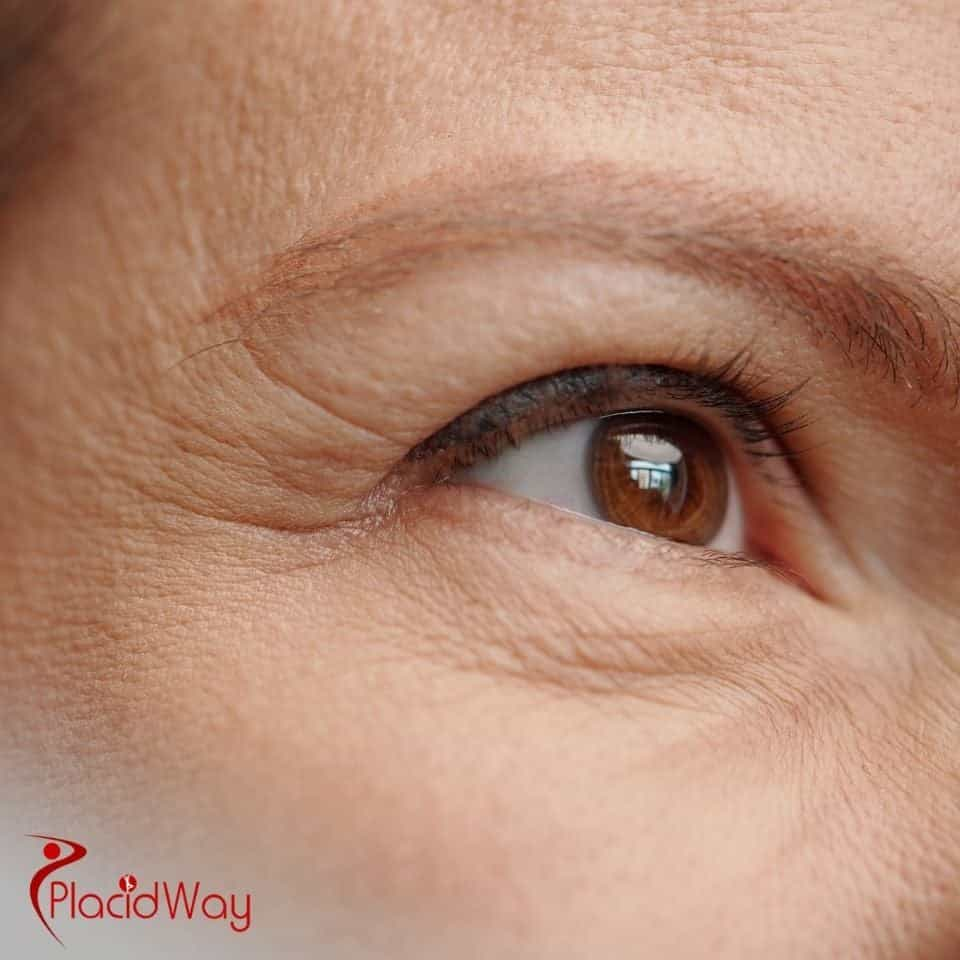

.png)
.png)
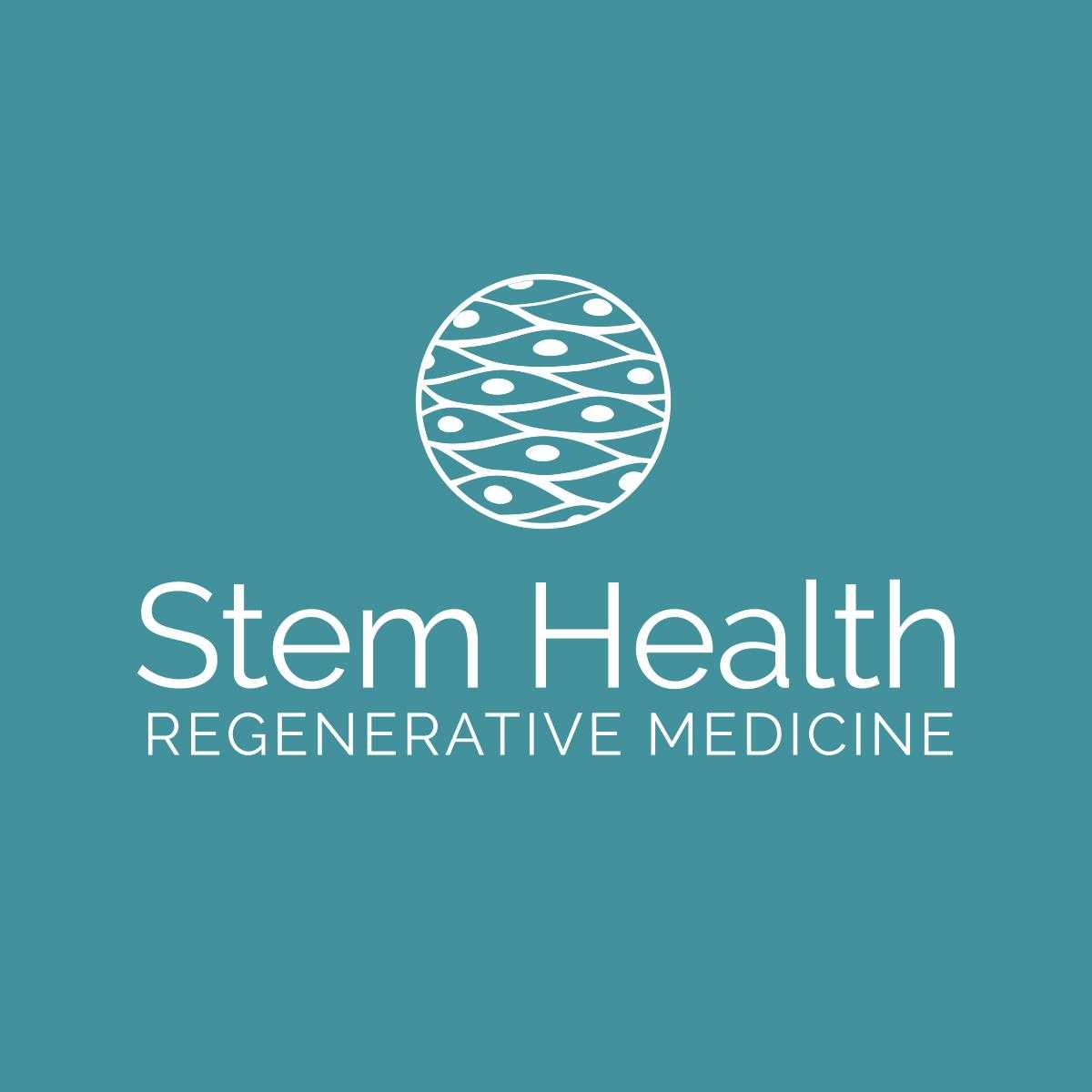
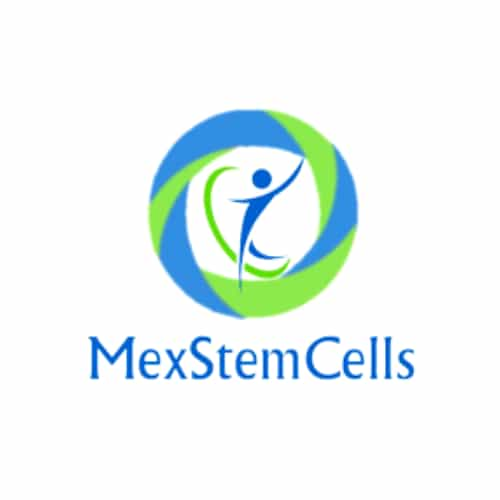

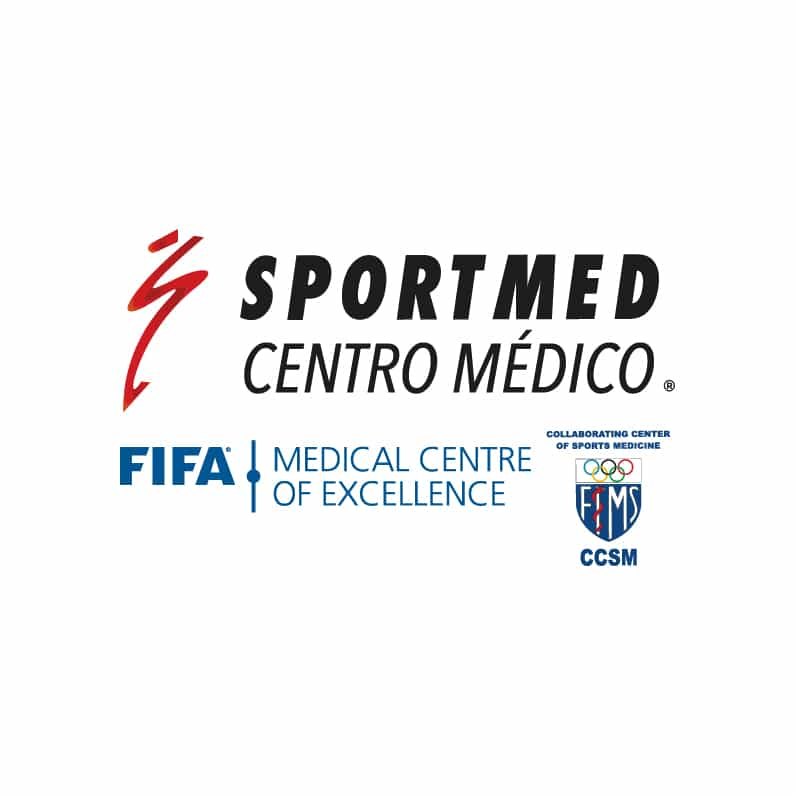
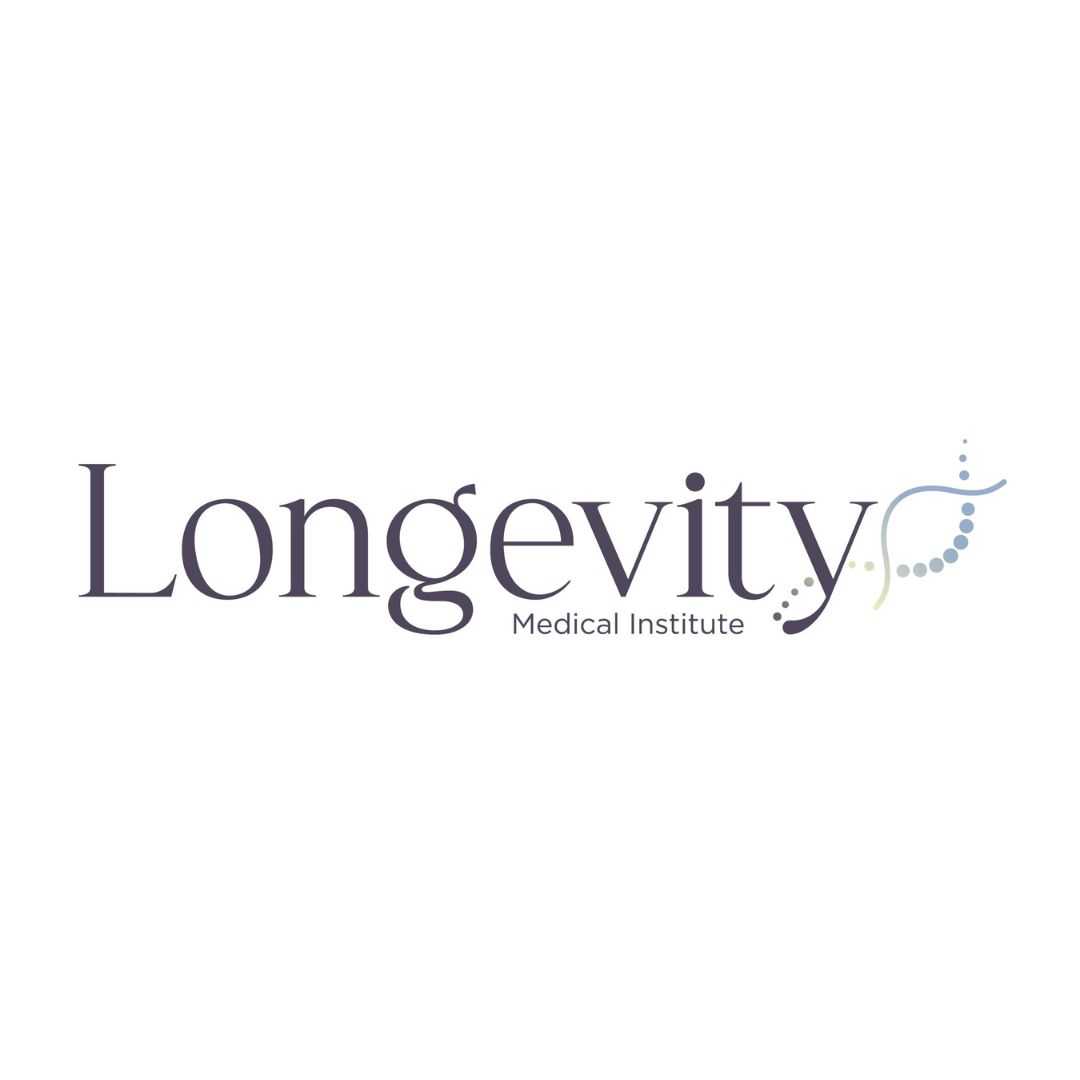

Share this listing